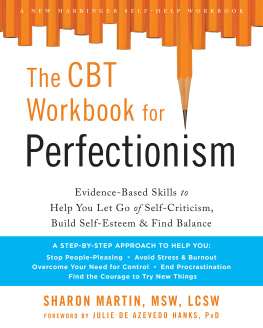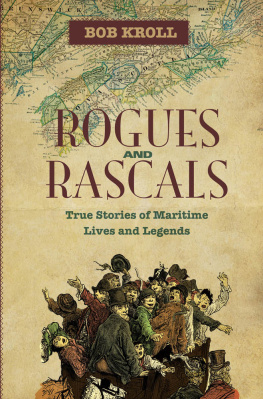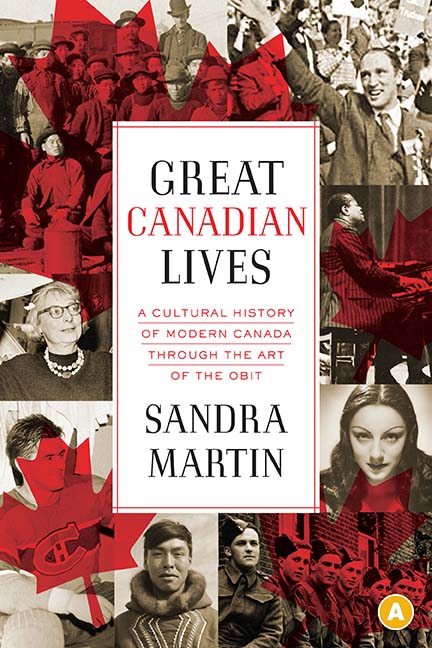GREAT CANADIAN LIVES
A CULTURAL HISTORY OF MODERN CANADA
THROUGH THE ART OF THE OBIT
SANDRA MARTIN
Foreword by William Thorsell
Copyright 2014 Sandra Martin
All rights reserved. No part of this publication may be reproduced or transmitted in any form or by any means, electronic or mechanical, including photocopying, recording, or any information storage and retrieval system, without permission in writing from the publisher.
Distribution of this electronic edition via the Internet or any other means without the permission of the publisher is illegal. Please do not participate in electronic piracy of copyrighted material; purchase only authorized electronic editions. We appreciate your support of the authors rights.
Hardcover edition first published in 2012 by House of Anansi Press Inc. with the title Working the Dead Beat, 50 Lives That Changed Canada .
This edition published in 2014 by House of Anansi Press Inc.
House of Anansi Press Inc.
110 Spadina Avenue, Suite 801
Toronto, ON, M5V 2K4
Tel. 416-363-4343
Fax 416-363-1017
www.houseofanansi.com
Library and Archives Canada Cataloguing in Publication
Martin, Sandra
Great Canadian Lives: A Cultural History of Modern Canada
Through the Art of the Obit / Sandra Martin;
foreword by William Thorsell.
Includes bibliographical references.
Issued also in print format.
ISBN 978-0-88784-246-7 (bound) ISBN 978-1-77089-448-8 (pbk.)
ISBN 978-1-77089-906-3 (html)
1. CanadaBiography. I. Title.
FC541.A1M37 2012 971.060922 C2012-902958-0
C2012-902959-9
Cover design: Alysia Shewchuk
Cover images (clockwise from top left): Great Northern Railways Chinese track gang (1909)/Vancouver Public Library; [P.E. Trudeau at the] Liberal [Leadership] Convention, [Ottawa, Ont.](6 Apr., 1968) Library and Archives Canada/Duncan Cameron/Duncan Cameron fonds/PA-111213; Oscar Peterson plays piano (1977)/Hans Bernhard/Wikimedia Commons; Portrait of Celia Franca in an evening gown (ca. 1943-1948)/Library and Archives Canada/Celia Franca fonds/e008300164; A line of soldiers from Newfoundland (March 1945) Hulton-Deutsch Collection/CORBIS; Kananginak Pootoogook, president of the West Baffin Co-operative, Cape Dorset, Nunavut (1960) Library and Archives Canada/ Rosemary Gilliat Eaton/Rosemary Gilliat Eaton fonds/ e010975349; Maurice Richard (November 1970) Government of Canada/Library and Archives Canada/National Film Board of Canada fonds/e003525241; Mrs. Jane Jacobs, chairman of the Comm. to save the West Village holds up documentary evidence at press conference at Lions Head Restaurant at Hudson & Charles Sts (5 December 1961)/World Telegram & Sun photo by Phil Stanziola/Wikimedia Commons

We acknowledge for their financial support of our publishing program the Canada Council for the Arts, the Ontario Arts Council, and the Government of Canada through the Canada Book Fund.
For Hazel and Elle
From a time before you were born
Foreword
S ANDRA MARTIN OBSERVES that context is everything in writing obituaries, defending the role of the journalist as disinterested observer in parsing a dead persons nature and deeds. In this volume of fifty lives spent and done, Sandra Martin provides context about the obituary form itself, which makes her telling of tales all the more pungent. She demonstrates through these often gripping portraits that rumours of the obituarys death in the digital age have been grossly exaggerated. The gauzy eulogy is ultimately no competition for journalisms obituary, whose purpose is to bring the subject alive for readers warts and all.
As skinny as a preying mantis, tottering on platform shoes, sucking on a cigarette, her hair a cumulus of auburn curls... that could only be Jackie Burroughs to anyone who has been around Canadian theatre in the past fifty years. Great obituary writers must be mordant observers of fragile creatures, without becoming morbid or indulging in the easy game of post-mortem ridicule barely disguising envy. They must combine the sometimes cruel objectivism of journalism with appreciation of the human condition, and perhaps even a dollop of that dangerous potion known as empathy. And all this with a sense of humour, black to ribald, wry to dry, never gratuitous.
Obituaries serve various purposes. The core is social history, one individual at a time, using the vector of one persons life to illuminate the situation of many. In this light, even eulogies, generally the nature of the Globe and Mail s Lives Lived column written by friends and family of ordinary people, fill in the blanks of the daily news, present and past. But there is also fascination in individuals alone: In my view, there is no such thing as an uninteresting life, but there are badly researched and written accounts. The difference between humdrum and compelling rests in documenting weaknesses, celebrating strengths, and placing the peoples lives in context of what else was happening here and abroad, says Martin. She demonstrates that well in this volume, including individuals of meager fame but telling detail.
The devil may be in the wings for some of Martins subjects, but the devil is in the details when it comes to the facts of dead peoples lives. Her career in daily journalism gives Sandra Martin a properly obsessive concern for accuracy and the whole truth meaning contextual information that illuminates motivation and constraints. She has gone beyond the Globe and Mail s published obituaries in these portraits, adding considerable information based on additional sources (and adding several individuals to boot). In effect, her newspaper obituaries served as the first draft of these biographies, tight to be sure, but rounded and deepened beyond the constraints wrought by deadlines and short notice. Noteworthy people always die late in the afternoon, she writes with an eye to the first edition, contributing to the immediacy and finality of the job, which she describes as terrifying. If so, her terror bans complacency, and finality turns out to be an illusion. She has returned to these stories even more convincingly with the assistance of time.
Obituary writers perform acts of resurrection in the immediate context of internment. That is why the craft can be so delicate and dangerous, speaking truth to grief, exposing intimacies at the precise moment when intimacies can be most wounding. This is where both tact and courage come into play, abetted by allusion sometimes, but sometimes unavoidably not. I am writing for the readers, not the family. Thus of Scott Symons, Martin reports with literary punch: His life was his art. Alas it was not a masterpiece. Her compilation of the facts supports such conclusions in all too many lives.
Sandra Martin brings a deeply observant and informed mind to her subjects, rooted in years of experience as a journalist, author, and citizen. Her references draw on her own memory of life in Canada over the past half-century or so, enriching the insights she brings to each story. If you knew these people, you will utter sounds of recognition in reading the accounts of their individuality and times. And you will appreciate Sandra Martins elegant and surgical use of the language in restoring life to the dead in the garment of literature.


















